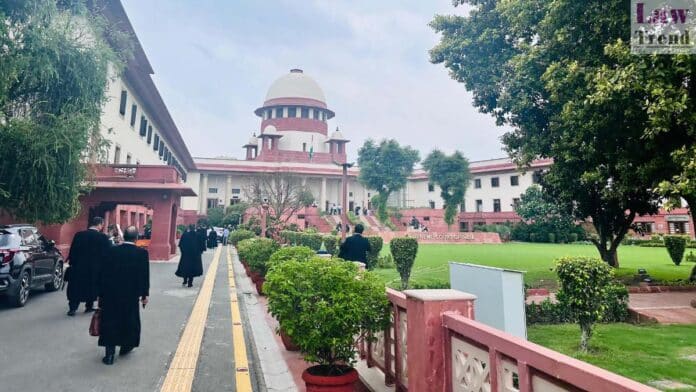The Supreme Court of India has delivered a landmark judgment clarifying the methodology for determining compensation in land acquisition matters under the Right to Fair Compensation and Transparency in Land Acquisition, Rehabilitation and Resettlement Act, 2013 (“2013 Act”). Emphasizing the need for a nuanced and fact-sensitive valuation, the Court held that Collectors must not rely




